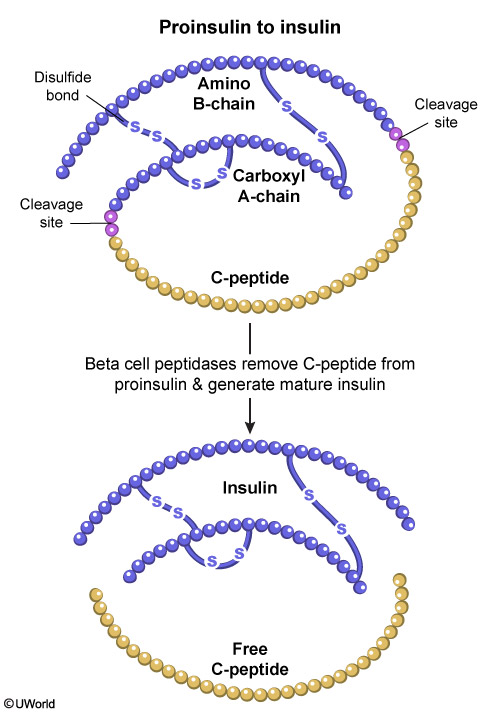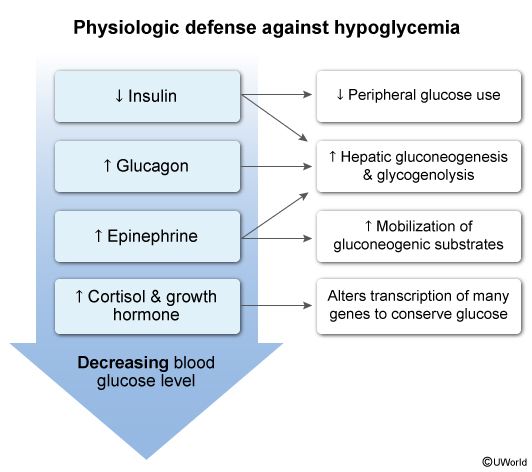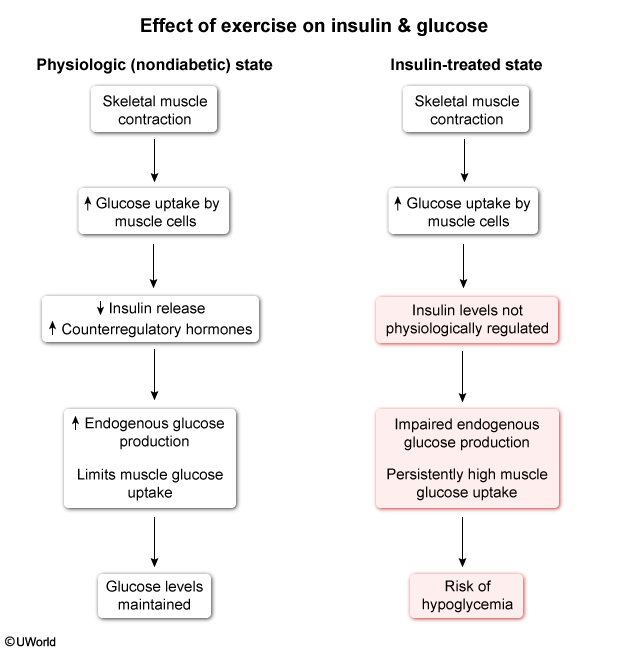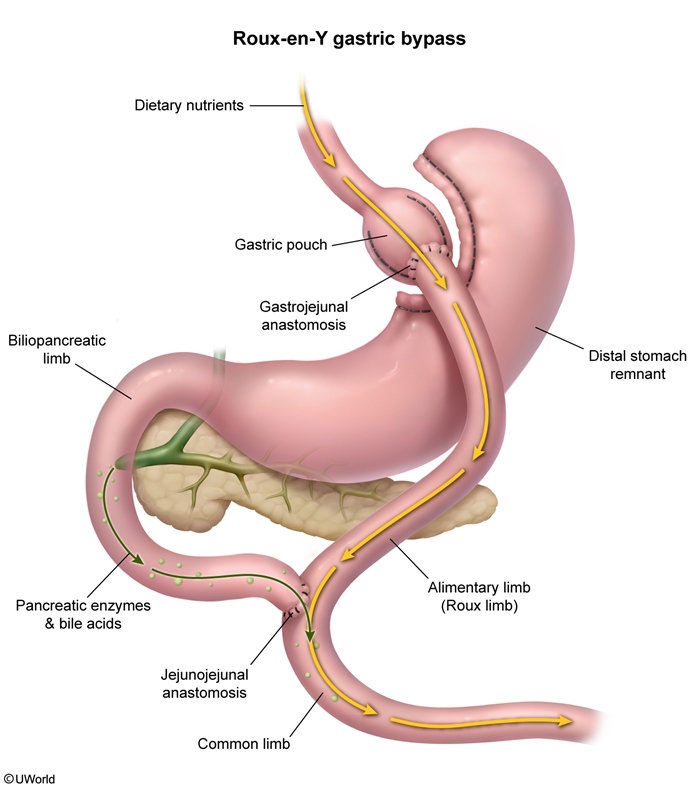Hypoglycemia In Adults
Article Sections
Introduction
Pathologic hypoglycemia is characterized by low plasma glucose accompanied by symptoms that resolve when glucose levels return to normal. Hypoglycemia can occur due to excess insulin (hyperinsulinemia) or impaired gluconeogenesis. The most common cause is medication use. Symptoms are related to autonomic activation and inadequate glucose uptake by the CNS (neuroglycopenia). Management is focused on confirming the diagnosis, determining the etiology, and promptly normalizing blood glucose.
Physiologic regulation of glucose
Glucose is the body's primary substrate for energy production (eg, glycolysis, oxidative phosphorylation), especially for the CNS, which heavily relies on a constant supply because neurons have limited capacity for energy storage and preferentially use glucose under normal conditions. Therefore, multiple homeostatic mechanisms involving insulin, glucagon, and other supporting hormones normally act in concert to regulate glucose levels. These include the following:
Continue Learning with UWorld
Get the full Hypoglycemia In Adults article plus rich visuals, real-world cases, and in-depth insights from medical experts, all available through the UWorld Medical Library.
Figures



